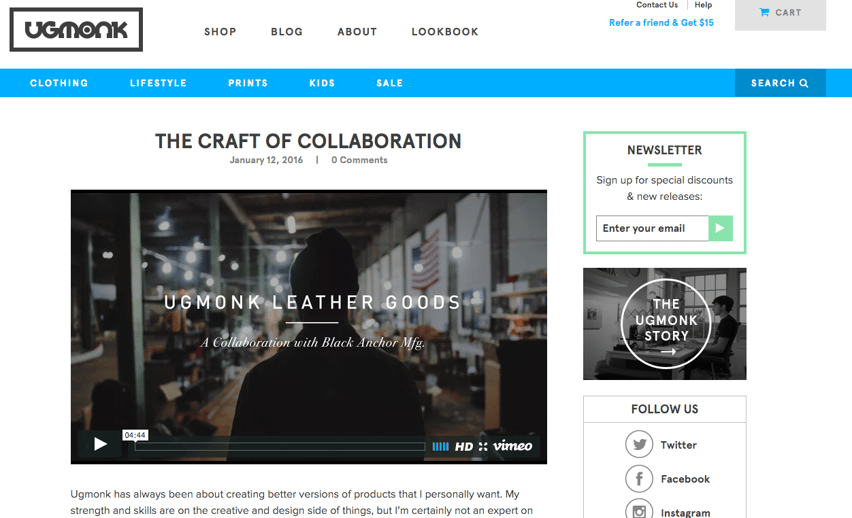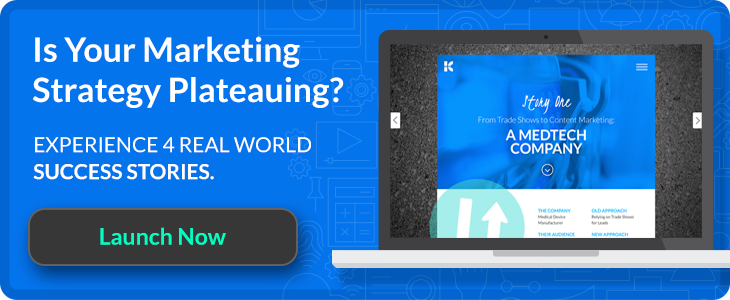
Why E-commerce Sites Should Use Inbound Marketing

 In the past, most businesses focused their marketing efforts on traditional outbound strategies, including trade shows, telemarketing, print ads and radio or television ads. But with the availability of technology, the focus has quickly shifted to inbound marketing strategies such as blogging, podcasts, webinars, search engine optimization, infographics, YouTube videos and eBooks. The focus of inbound marketing is being discovered by customers, rather than going out to find them.
In the past, most businesses focused their marketing efforts on traditional outbound strategies, including trade shows, telemarketing, print ads and radio or television ads. But with the availability of technology, the focus has quickly shifted to inbound marketing strategies such as blogging, podcasts, webinars, search engine optimization, infographics, YouTube videos and eBooks. The focus of inbound marketing is being discovered by customers, rather than going out to find them.
Inbound marketing can therefore be a powerful way of drawing prospects to your e-commerce site, and gradually converting them into customers. Here are some ways you can use inbound marketing for e-commerce success.
1. Create brand awareness
E-commerce sites can use inbound marketing for creating brand awareness, especially when a product or service is new to the market. You can introduce the brand and show why it is different from others already out there. At times, prospects might hesitate to buy your products or services since they don’t know how to use them. Use videos or podcasts to give your prospects a practical demonstration of how your products or services work.
You could cover everything from how to unpack the product to the different ways of using it. Prospects can make a more informed buying decision with this information. Need some inspiration? Check out Tom Bihns video page dedicated to explaining why their luggage is different from all others.
2. Get more leads for your money
Just like outbound marketing, inbound marketing strategies require an investment. However, inbound marketing allows e-commerce sites to get more leads for their investment. For instance, placing an ad on Facebook could cost as little as $1 per day, which will allow you to reach an audience of thousands all over the world.
Alternatively, for a small monthly fee, you could host regular conferences on a webinar platform with numerous participants.
3. Establish credibility
Before people purchase an item from your online store, they want to be sure they are buying from a credible seller. Inbound marketing offers e-commerce sites a great opportunity to establish credibility with their customers.
For instance, if you are selling health products, you could create blogs or videos that offer useful tips for wellness and nutrition. In the process, you could also address questions normally asked by customers and prospects. The more prospects see you as a thought leader or authority in your industry, the higher the chances of them buying from your store.
4. Target qualified customers
Traditional advertising methods such as print ads are costly and don’t allow you to target the right customers. On the other hand, inbound marketing makes it possible for you to identify self-qualified customers. All you need to do is look for people who are engaging with your content.
Even if they don’t buy anything immediately, the fact that they signed up for your webinar or shared your blog post shows they are interested in what you have to offer. You can therefore capitalize on this interest by capturing their contact details and sending frequent updates via email.
5. Enhance organic search
Google loves fresh and optimized content. So the more you publish blog posts and upload online videos, the higher your e-commerce site will rank. Take a look at Ugmonk leather goods e-commerce site. Its blog helps to generate new traffic every day.
A good search engine ranking means people can find your store more easily. This will enhance your chances of making even more sales.
6. Attract partnerships
Inbound marketing offers the opportunity for different kinds of partnerships. For instance, many e-commerce sites use affiliate marketing as a strategy for spreading the word about their products and services.
Strategies such as podcasts and webinars make it easy to attract affiliate marketers to your e-commerce site. When people identify with your vision, as well as products and services, they are more likely to want to be involved as affiliates.
7. Recover abandoned shopping carts
Shopping cart abandonment before the close of a sale is common in e-commerce stores. This could be due to a long checkout process, high cost of shipping or simply distractions.
You can use one of the many cart abandonment tools to keep track of people who bailed before making a purchase. You could then re-engage them using inbound marketing strategies such as email marketing. This will enhance your chances of recovering the lost sale.
What are your top tips for utilizing inbound marketing for e-commerce sites? Share with us in the comment section below!
Charles Mburugu is a HubSpot-certified content writer/marketer for B2B, B2C and SaaS companies. He has worked with brands such as GetResponse, Neil Patel, Shopify, 99 Designs, Oberlo, Salesforce and Condor. Check out his portfolio and connect on LinkedIn.







